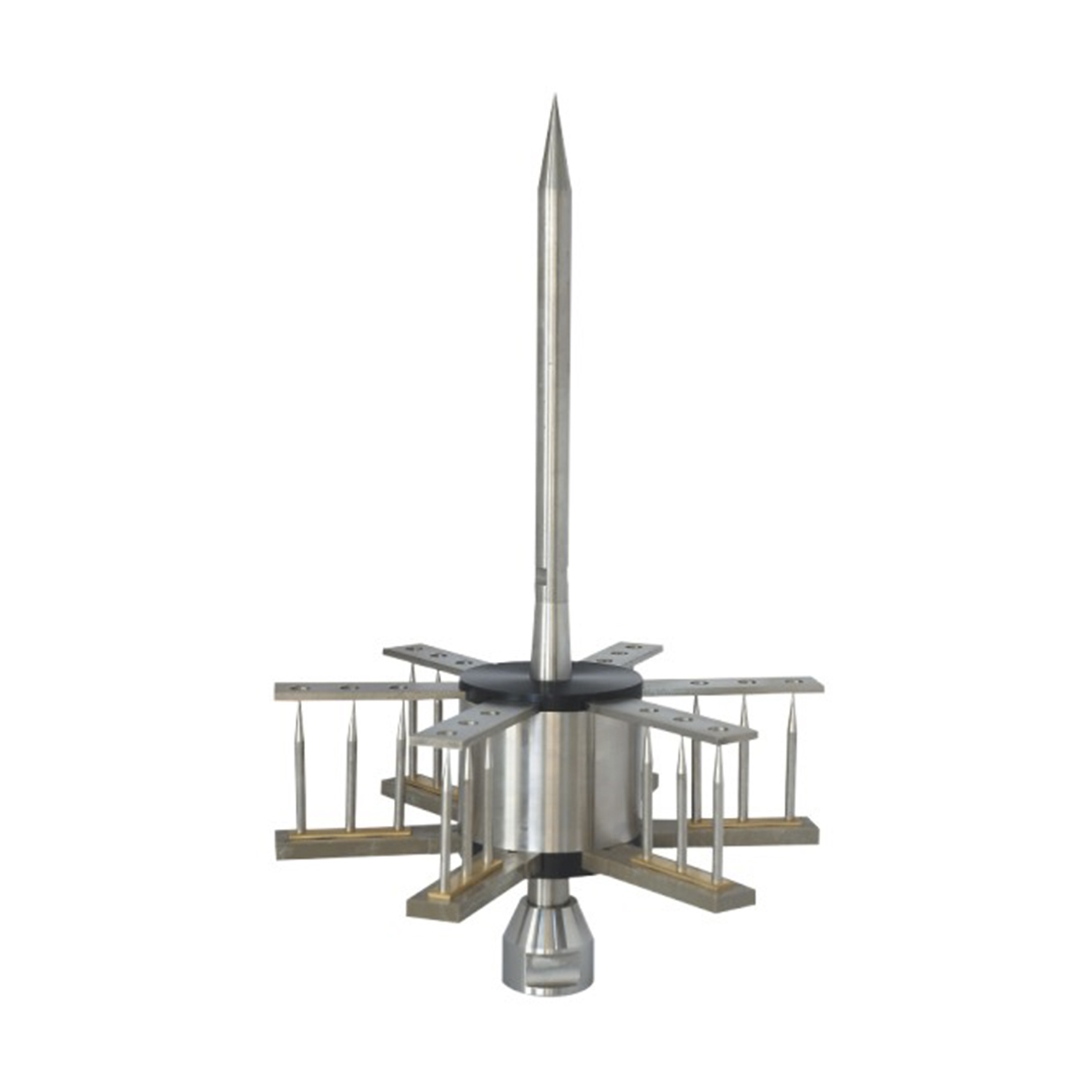Most electricians have basic electrical knowledge and skills, but lightning protection is an area that requires higher professionalism and tertiary qualifications for installation. Therefore, it is always wise to have a certified lightning protection engineer handle the installation in high-rise buildings or complex systems. In simple, low-rise domestic buildings, electricians can perform some of the installation under supervision.
The Scope of an Electrician's Duties
The principal duty of an electrician is to install, maintain, and repair electrical systems. Electricians, in particular, install wiring and all electrical equipment, as well as test circuit safety. In a construction project, electricians may need to wire, install outlets, switches, lights, and connect to the meter. These jobs require electricians in the U.S. to have specific knowledge of electrical systems and pass a licensing exam.
In a typical five-story house, electricians may need to install as many as 200 outlets, run over 3,000 meters of wiring, and set up several distribution boards with circuit breakers. Electricians ensure that these installations comply with the National Electrical Code (NEC) to avoid any electrical fires or other hazards.
While electricians can perform basic electrical jobs, the installation of a lightning protection device requires additional expertise compared to regular maintenance, and an electrician may not be equipped for this task. The installation of lightning protection devices is typically handled during the building design stage and involves understanding the physical properties and principles related to lightning.
The Professionalism of Lightning Protection Devices
Installing a lightning protection device is specialized work that must adhere to strict standards. It requires familiarity with the physical nature of lightning and building design principles. The National Fire Protection Association (NFPA) reports that 22,600 fires occur in the United States each year due to lightning strikes, causing more than $451 million in property loss. Therefore, installing lightning protection is not just about placing a lightning rod on the roof; it involves an entire system composed of air terminals (lightning rods), down conductors, and earth termination systems.
For a 30-story high-rise building, designing lightning protection devices must take into account factors such as building height, the surrounding environment, and material properties. A general rule is that the height of the lightning rod should be 5–7 feet higher than the highest point of the building. Down conductors should be installed around the structure and properly connected to the building’s steel. A secure grounding system must be constructed so that the lightning current can move safely and rapidly into the ground, with a resistance level of less than 25 ohms to prevent damage to the building.
Also, lightning protection devices must be inspected annually to ensure they function properly, as recommended by NFPA 780 "Standard for the Installation of Lightning Protection Systems." This level of professionalism and sophistication is beyond what a common electrician typically knows or is expected to handle.
Can Electricians Install Lightning Protection Devices
While electricians have plenty of experience with electrical systems, they may not be as familiar with, or equipped for, specialized tasks like surge protection installations. If you need to install equipment that uses electricity up to 600 volts, a licensed journeyman electrician will likely suffice, but they may not have sufficient knowledge about lightning protection involving millions of volts.
In some simple cases, such as single-story buildings or equipment installations, such as barns, garages, or small warehouses, electricians can install a basic level of lightning protection systems under the certified guidance of lightning protection professionals. For example, an electrician can ground a system to a lightning rod for $2,000 to $3,000 in a 1,000 square foot single-story building.
However, due to the safety requirements and professionalism needed for lightning protection devices, it is recommended to have a certified professional install these systems, especially in high-rise buildings or complex electrical systems. In the U.S., ordinances normally require that lightning protection systems be designed and installed by experts certified by either Underwriters Laboratories (UL) or The Lightning Protection Institute (LPI). This is due to the fact that if a lightning protection device fails, there could be significant financial losses or even casualties, such as the fire in Houston caused by lightning striking a high-rise building, which resulted in more than $100 million in damages.
Considerations When Installing Lightning Protection Devices
The installation of lightning protection devices involves several key factors that not only affect their effectiveness but also directly relate to the safety of the building and its occupants.
-
Design Standards: The design of lightning protection devices must strictly follow U.S. standards, such as NFPA 780 and UL 96A. For a 50-story building, the lightning rod should rise at least 10 feet above the highest point to effectively capture lightning.
-
Grounding System: This forms a critical part of the lightning protection device, and it must be ensured that its grounding resistance is less than 25 ohms, with the ideal range being 5–10 ohms. The grounding system is generally constructed of copper or galvanized steel, which conducts electricity well. Implementing a grounding system for a 5,000 square foot industrial building can cost $5,000 to $10,000. Improper grounding can result in equipment damage or even a fire when lightning strikes.
-
Regular Inspection: The lightning protection device must be inspected and maintained at least once a year. Inspections check the grounding resistance, the condition of down conductors, and the structure of the lightning rods. For a residential high-rise building, inspection costs range from $500 to $2,000. If the grounding resistance is too high or the lightning rods are damaged, immediate repair or replacement is necessary.
-
Professional Certification: A lightning protection system must be installed by professionals who are certified. These systems are generally designed and installed only by engineers certified by LPI or UL. Additional certification may be required in certain environments, such as chemical plants or power facilities. These professional certifications help ensure the quality of the installation and mitigate legal risks.

